New Cleland boss wants South Australians to get back to nature
THE loss of habitat for native wildlife – and of childhood nature experiences –means the rejuvenation of Cleland Wildlife Park is at a critical point, says new boss Chris Daniels.
HIS childhood idol was David Attenborough – and now he has a whole new animal kingdom of his own to explore.
Chris Daniels, Adjunct Professor of Biology at the School of Pharmacy and Medical Sciences at UniSA, is the inaugural director of the state’s popular Cleland Wildlife Park, in the Adelaide Hills.
The role was created to support the State Government’s conservation and environment efforts, and the 58-year-old champion of wildlife is making it his mission to inspire more South Australians to revisit the park which opened on April 15, 1967.
Its aim back then was to provide locals the opportunity to witness and respect native wildlife in a near-to-natural habitat.
In the first weekend after opening, 2500 people flocked to the new park causing traffic congestion and parking issues.
Today, Cleland is best known for its cuddly koala encounters, with about a third of its visitors being international tourists, including celebrities such as pop princess Katy Perry and Rolling Stones legend Ronnie Wood.
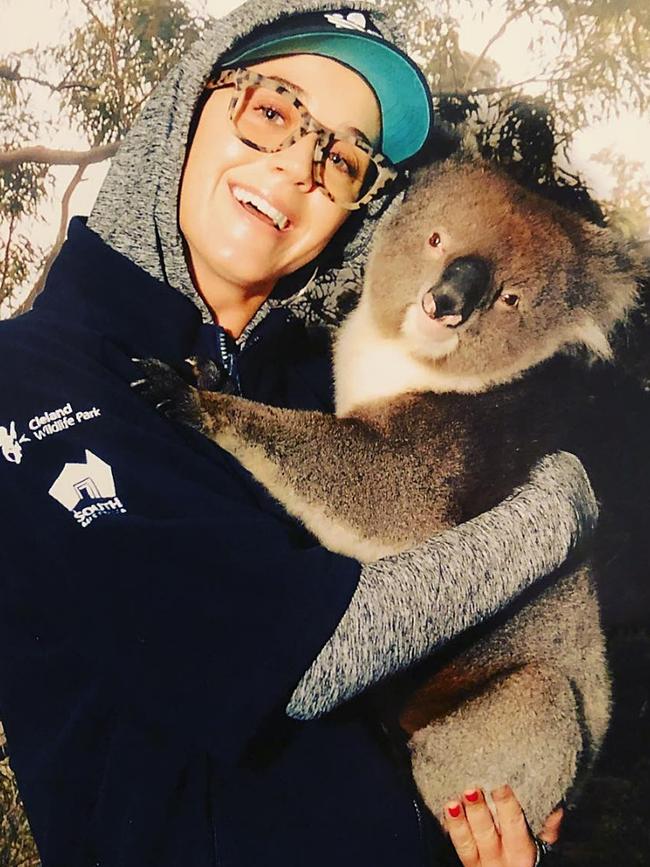
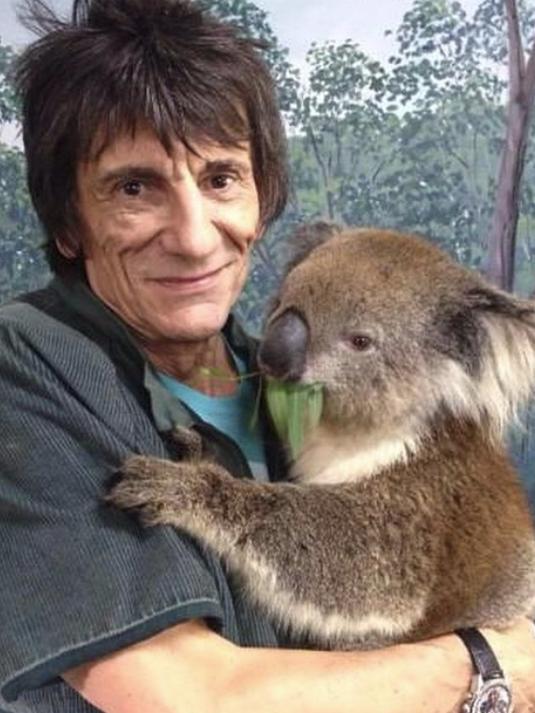
Locals tend to head there when they have a friend or relative visiting from afar.
“The park has been sleepily dozing here in the Adelaide Hills for the last 20 years,” Prof Daniels told the Sunday Mail this week.
“Now it’s time to start promoting the wonder of Cleland – there’s nothing quite like it in Australia, or the world.
“I would particularly like to encourage the local community to get involved in Cleland in a way that hasn’t really been done before.”
Prof Daniels is quietly confident he can attract 145,000 visitors through the park’s gates by July – almost 30,000 more than 2016/17.
Previous grand designs and current thinking to increase visitor numbers to the government-owned wildlife sanctuary have included a five-star resort, a treetop walk and zip-line.
For Prof Daniels, it’s all about bringing it back to a simple mantra.
“To save the environment you need to love it and the best way to love it is to have direct contact with it,” he said.
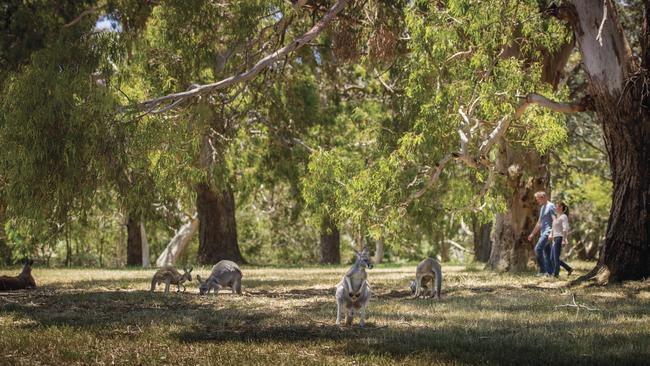
Professor Daniels is the author of nine books and more than 250 scientific and community publications on urban ecology, animal biology and conservation. He’s studied zoology here and abroad and is involved in a long list of government and non-government boards and agencies focused on conserving wildlife and connecting South Australians with nature.
Born and raised in Beaumont and the son of eminent Adelaide anaesthetist Dr Brian Daniels, Prof Daniels spent much of his childhood in the 1960s and ’70s in the Adelaide Hills collecting butterflies, geckos, frogs, blue-tongues, tadpoles and the small skinks so common in leaf litter.
His wildlife adventures often included younger brother, Andrew, now the Stadium Management Authority’s chief executive, and sister Victoria Williamson PhD, a lecturer in nursing at UniSA and Flinders University.
“About once a month, we would visit friends who lived in the then largely unoccupied suburb of Glen Osmond,” he said.
“There was so much open bush, with a fantastic tadpole-filled pond. I was there every chance I could to search for and collect wildlife.
“It was here I honed my love of wildlife in general and reptiles in particular.
“This time also saw the appearance of David Attenborough on TV and the books by Gerald Durrell were all the rage.
“When my friends were into Skyhooks and Deep Purple, both David and Gerald were my idols.”
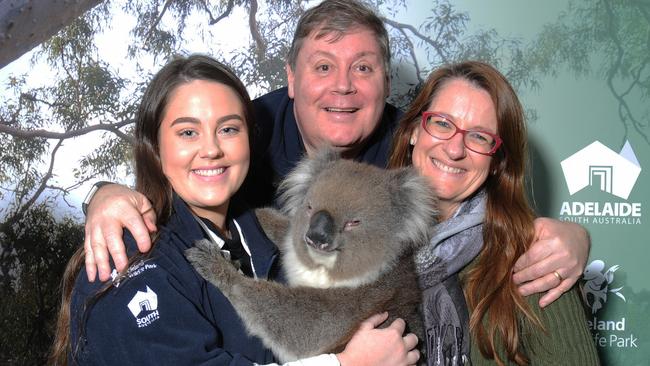
He laments the loss of native habitat for local flora and fauna but also for the loss of childhood nature experiences, which is why he says Cleland’s development is at such a critical point in history.
“Now, the urban sprawl, disappearing habitats, and biodiversity make it very difficult for young people to have the sort of adventures I had growing up,” Prof Daniels said.
“ And perhaps we should not be randomly collecting animals anymore. But more insidious than the somewhat dubious practice of collecting native animals is the electronic forces drawing kids inside.
“Computers, phones, apps, games, home theatres, Netflix and a host of alternative entertainments stop our youth from even playing outside.
“Having worked with so many children’s organisations to connect youth with nature, I took the opportunity to move from academia to Cleland to specifically improve their engagement with wildlife.”
Prof Daniels chaired the board of Nature Play SA for the past 2½ years to June, has been patron of several children’s nature groups, including the Marine Discovery Centre and Junior Field Naturalists.
Earlier this week, he revealed nature playgrounds for toddlers right through to young adults and more meaningful native wildlife experiences connected to research and conservation projects were part of his “renaissance” for Cleland.
At the top of his list is a breeding program proposal to eventually “re-wild” a locally endangered giant goanna.
The state’s largest lizard, the heath goanna, has been decimated to possibly fewer than 100 in pockets scattered across mainland SA through land-clearing, grazing, wild cats, dogs and foxes and road mortality.
The heath goanna is the last remaining large, native terrestrial predator in southern SA.
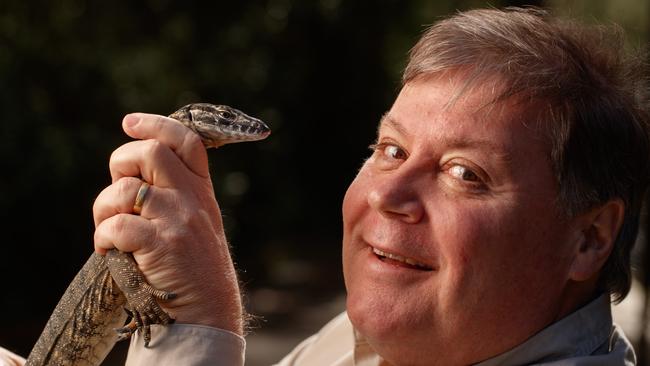
It’s this direct contact, education and real-life experience of disappearing native animals that Prof Daniels hopes will inspire more and younger local visitors and their families to champion Cleland’s resident fauna beyond its gates.
“In this way, Cleland allows us to have nature-based experiences that are so important in developing an affinity – even love – for wildlife,” he said.
“I hope the experiences people have with nature here will instil in them the love and passion I have for animals.
“We know it’s vital that we have a nature connection to help the next generation and so they can – and will – want to protect our natural heritage.”
Prof Daniels’ affinity for Cleland began well before his appointment by the State Government in May.
“I have taken many guests to Cleland over the years and seen it grow and change,” he said.
Although he first visited the wildlife park as a child in the ’70s, his fondest memory was 19 years later as a 29-year-old academic at the School of Medicine at Flinders University.
His friend, Sandy, was visiting from South Africa, where the pair had met in January 1989 while Chris was travelling.
“She arrived here in October 1989 and we visited Cleland that week – so, yes, it was a first date.”
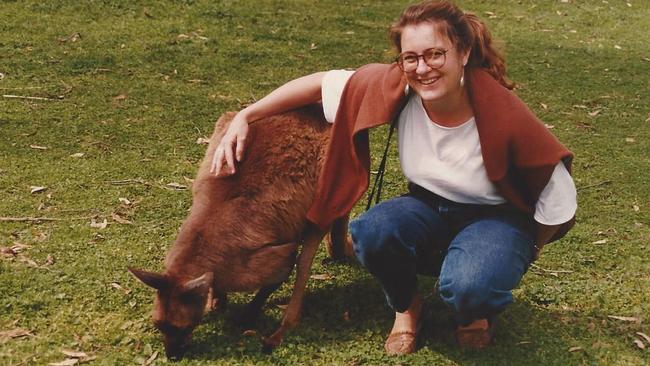
Just over a year later the couple got engaged and were married in September 1991.
Today, his wife, Dr Sandra Orgeig, is Professor in Pulmonary Biology at UniSA.
The couple have children Samuel and Alexandra.
“So Cleland has played an important part in my life,” Prof Daniels said. “And I’m so excited to be involved in its renaissance.”
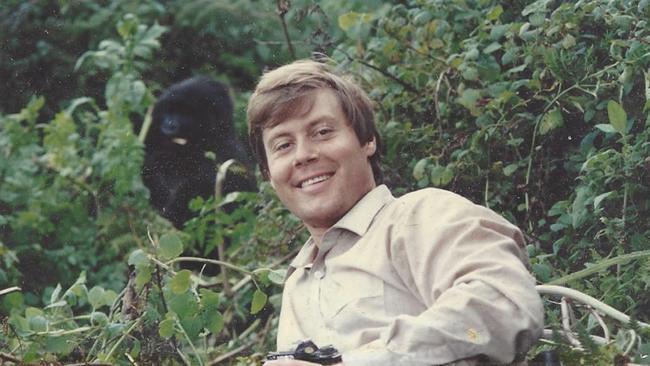
Wild times
■ MAY 8, 1960: born Calvary Hospital, North Adelaide
■ 1965-69: Linden Park Primary School
■ 1970-1977: St Peters College
■ 1978-1981: BSC Hons (Zoology) University of Adelaide
■ 1981: Michael Smyth Award for Zoology
■ 1982-1984: PhD, University of New England (Zoology)
■ 1985: Lecturer, University of California, Irvine
■ 1986-1993: Academic, School of Medicine
Flinders University
■ 1994 -2006: Academic, University of Adelaide
■ 1998: First published volume, Evolution of Physiological processes
■ 2005: First-appointed Professor of Zoology (Adelaide Uni) and first book, Adelaide: Nature of a City
■ 2006: Whitley Award for best Australian zoology book (with Catherine Tait)
■ 2007: SA Science excellence award for science communication
■ 2007- 2018: Academic, UniSA (made Professor of Urban Ecology in 2007)
■ 2008-2011: Foundation head, Department of Geospatial and Environmental Management
■ 2010: Natural History Medal Field Naturalists Society
■ 2011-14: Director, Barbara Hardy Institute, UniSA
■ 2011-18: Presiding member, Adelaide Mt Lofty Ranges NRM Board
■ 2014-18: Chairman of Nature Play SA
■ 2016-present: Vice-president and councillor Nature Foundation SA; deputy presiding member Parks and Wilderness Board SA
■ May 2018: Appointed director of Cleland Wildlife Park
